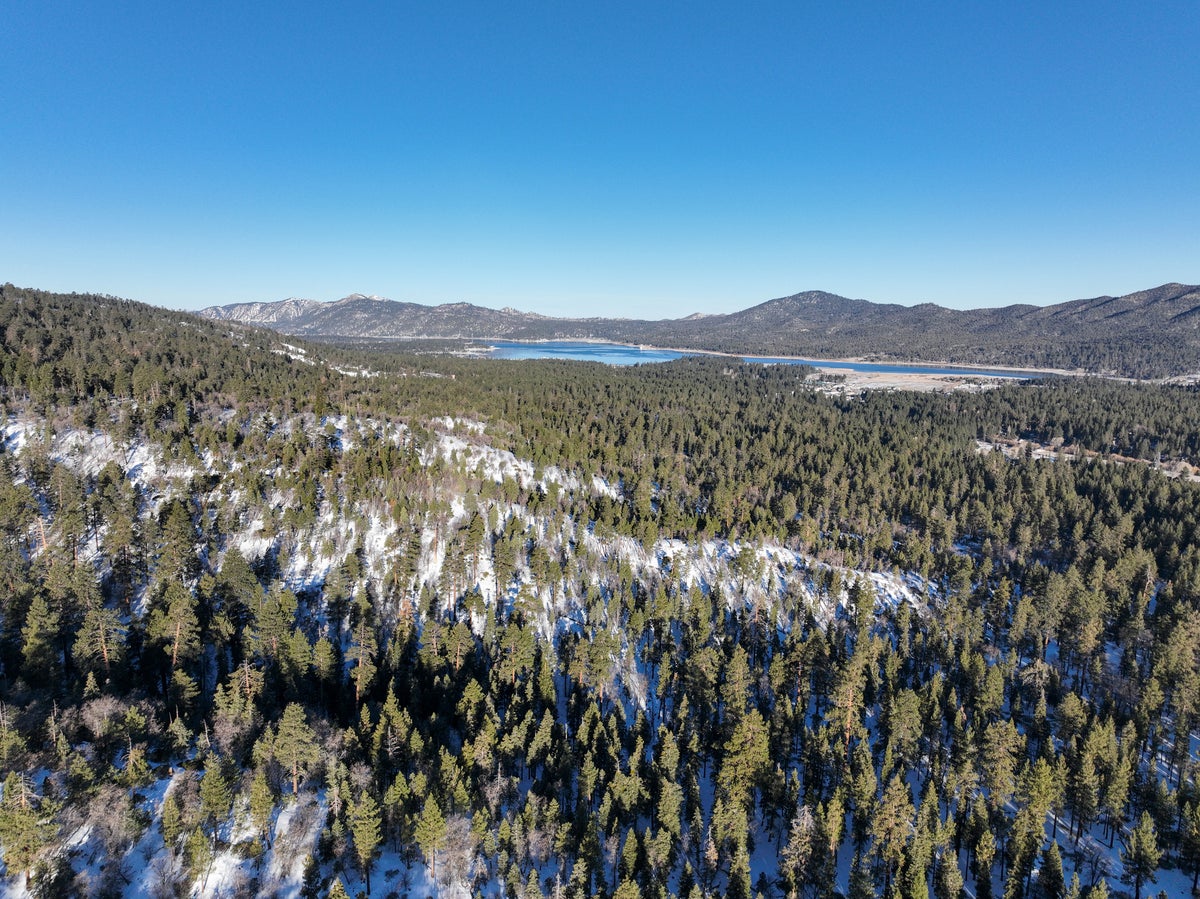
Buying a Christmas tree is just one of many purchases made in the expensive run-up to the holidays, but what if there was a way you could get your tree for as little as $5 - as long as you don’t mind chopping it down yourself?
The US Forest Service is selling permits to people to go and fell their own Christmas tree in their nearest federally protected forest.
If the low price point is tempting and the heavy lifting is not an issue, then you could be going home with your very own forest Christmas tree.
While prices of the permits vary, most forests will charge around $5 to $10 per tree that is cut down.
In some forests, permits are entirely free, although many of them have already sold out as a result, such as in California’s Stanislaus National Forest.
If your child has an ‘Every Kid Outdoors’ pass, available to all fourth graders, they are also eligible for a free Christmas tree permit (plus the $2.50 reservation fee).
Cutting down your own Christmas tree allows you and your family to go out for the day to a nearby forest, search around for the perfect fit, and then take it home to be decorated in time for the Christmas celebrations.
United States Department of Agriculture (USDA) Forest Service Chief Randy Moore said that finding your own tree is a great family Christmas activity.
“Venturing into a local national forest to find that special tree is an experience that creates treasured family memories and stories,” he said in an October news release.
“It is through these experiences that people establish important connections to the forest that can lead to a lifetime of adventures and instil a commitment to stewardship.”
Permits for cutting your own Christmas tree range on average from $5 to $10— (Getty Images/iStockphoto)
Permits can be purchased on Recreation.gov for the specific national forest you intend to visit.
The rules of each forest and state vary, so be sure to check ahead before going on a Christmas tree hunt to see exactly where in the forest you can chop from, how high and wide the tree can be, and what vehicles and equipment you should bring with you.
Cutting down trees is also only permitted within specific seasonal dates, which also vary but are usually between late November and late December.
The USDA also advise that people should check the weather and wear protective gear before embarking into the forest, and prepare safety measure such as bringing food, water and a first aid kit and telling someone where you are going and when you are coming back, in case of an emergency, as many forests have no phone signal.
While the minimal price tag for the self-foraged tree is always a bonus for those on a tight Christmas budget, the USDA explains that tree-cutting also benefits the forests.
Cutting down Christmas trees can improve the health of the forest, as it helps to sparse out densely populated areas of the woodland, which allows other trees to grow larger and opens up space for more wildlife development.
Jill Sidebottom, a spokesperson for the National Christmas Tree Association, told ABC News that trees bunched together tend to compete with each other for sunlight and water, resulting in weaker trees that are more susceptible to diseases.
She also added that cutting down your own tree saves any plastic or commercial pruning, benefitting the natural environment.
There have already been reports of Christmas tree farms across the country closing this year due to global shortages after wildfires and droughts.
Yet a Christmas tree permit will save you from battling with the next holiday shopper over the last $80 tree, with a bonus of helping maintain the health of your local forest.







